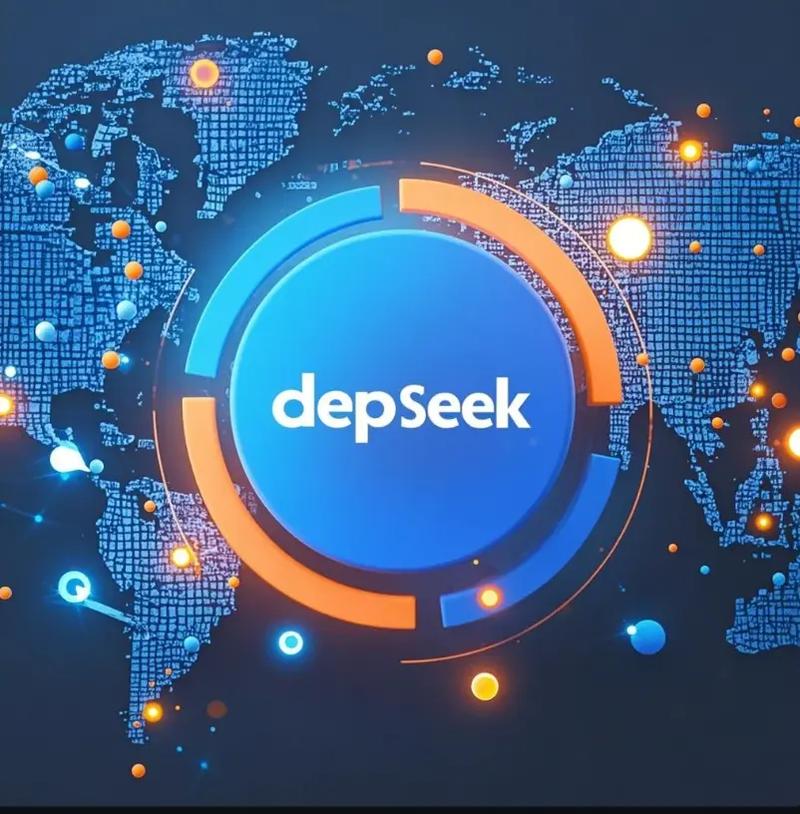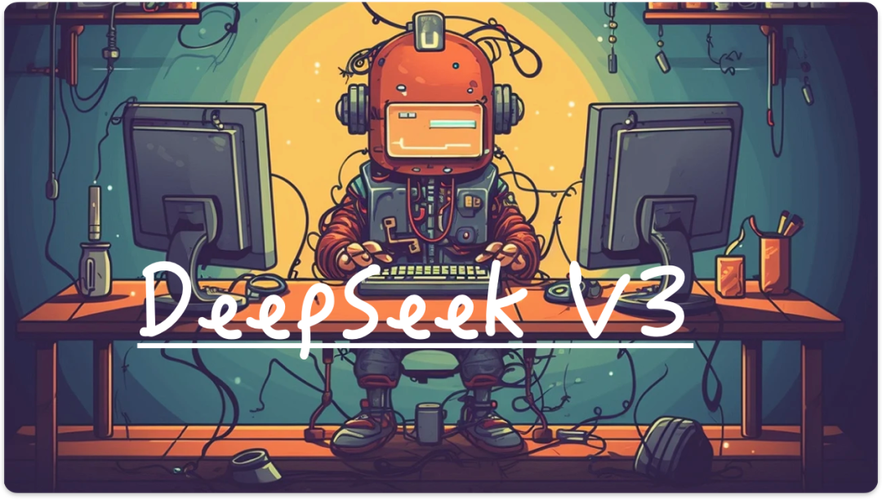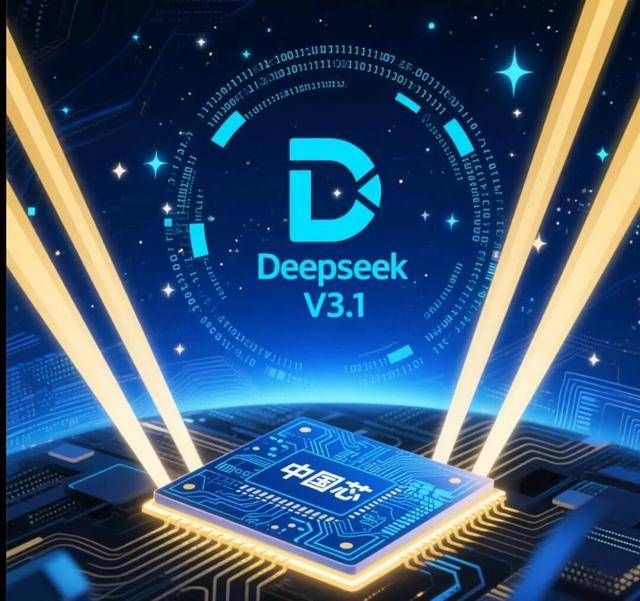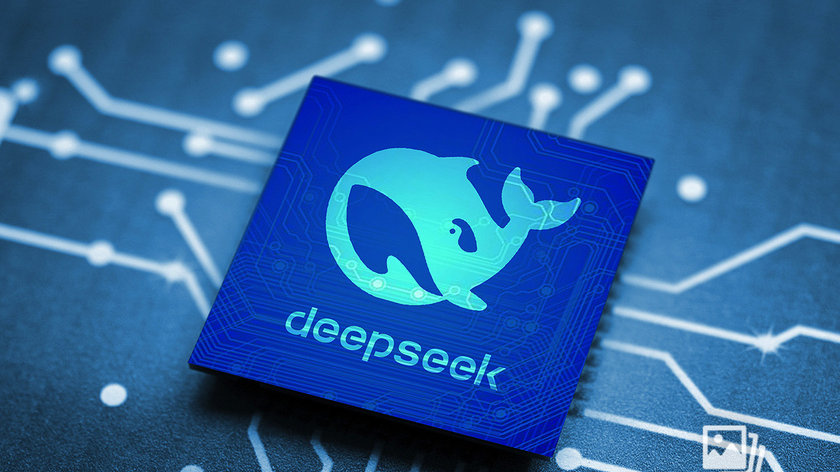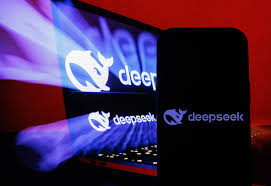Beginner’s Guide to Artificial Intelligence, Python, and Machine Learning: Step-by-Step Into AI, ML, and Deep Learning
Introduction: Why Now Is the Best Time to Learn AI and Machine Learning
Artificial Intelligence (AI) and Machine Learning (ML) are transforming the world as we know it. From personalized shopping recommendations to self-driving cars and real-time translation, AI is everywhere. Whether you're a student, a developer, or someone curious about the future, now is the perfect time to start learning.
This article provides a complete beginner’s guide to AI and ML using Python—the most popular programming language for data science and machine learning. You’ll get a clear roadmap from zero knowledge to practical applications, complete with tools, concepts, code examples, and learning tips.
Table of Contents
-
What Is Artificial Intelligence (AI)?
-
What Is Machine Learning (ML)?
-
How Is ML Related to AI and Deep Learning?
-
Why Use Python for AI and ML?
-
Setting Up Your Python Environment
-
What You Need to Learn First
-
The Machine Learning Workflow Explained
-
Supervised vs Unsupervised Learning
-
Key Algorithms in Machine Learning
-
Your First Machine Learning Model with Scikit-Learn
-
Introduction to Deep Learning and Neural Networks
-
Building a Simple Neural Network with TensorFlow/Keras
-
Real-World Projects for Beginners
-
Datasets: Where to Find and How to Use Them
-
Tools and Libraries You Must Know
-
Best Online Courses and Books to Learn ML
-
Common Mistakes to Avoid
-
Career Paths in AI and Machine Learning
-
Ethics and the Future of AI
-
Final Tips: How to Stay Motivated and Keep Learning
1. What Is Artificial Intelligence (AI)?
AI is a broad field of computer science aimed at building machines that can perform tasks that typically require human intelligence, such as:
-
Decision making
-
Visual perception (computer vision)
-
Speech recognition
-
Natural language processing (like ChatGPT)
-
Playing games like chess or Go
Machine Learning is one major subfield of AI that focuses on giving machines the ability to learn from data.
2. What Is Machine Learning (ML)?
ML is a technique where we train algorithms on data so they can make predictions or decisions without being explicitly programmed for each task.
Think of it this way:
Instead of writing code that says "If X, do Y", we feed the computer a lot of examples and let it figure out the rules.
3. How Is ML Related to AI and Deep Learning?
These terms often overlap, but here’s a hierarchy:
java
Artificial Intelligence
└── Machine Learning
└── Deep Learning (Neural Networks)
-
AI is the overall concept of intelligent machines
-
ML uses data-driven methods to achieve intelligence
-
Deep Learning is a powerful form of ML using layered neural networks
4. Why Use Python for AI and ML?
Python is the #1 programming language for AI and ML due to:
-
Simple and readable syntax
-
Powerful libraries (NumPy, Pandas, Scikit-Learn, TensorFlow, PyTorch)
-
Strong community and abundant learning resources
-
Integration with Jupyter notebooks for experimentation
5. Setting Up Your Python Environment
Before you write code, you need the right tools. Here’s a basic setup:
-
Install Python: https://www.python.org
-
Use a package manager like pip or Anaconda
-
Use Jupyter Notebook or VS Code for coding
-
Create a virtual environment:
bash
-
python -m venv ai-envsource ai-env/bin/activate
-
# macOS/Linuxai-env\Scripts\activate
-
# Windows
Install essential packages:
bash pip install numpy pandas matplotlib scikit-learn seaborn
6. What You Need to Learn First
Start with these core Python and math concepts:
Python Basics:
-
Variables, loops, functions
-
Lists, dictionaries, tuples
-
Reading and writing files
-
Using libraries and modules
Math Basics:
-
Linear algebra (vectors, matrices)
-
Probability and statistics
-
Calculus (optional but helpful)
-
Logic and reasoning
7. The Machine Learning Workflow Explained
Every ML project follows a general pattern:
-
Define the problem (classification, regression, etc.)
-
Collect data
-
Preprocess data (cleaning, normalizing, feature engineering)
-
Split into training and testing sets
-
Choose and train a model
-
Evaluate performance
-
Tune and optimize
-
Deploy the model
8. Supervised vs Unsupervised Learning
Supervised Learning:
-
The data has labels (e.g., spam or not spam)
-
Common tasks: classification, regression
Unsupervised Learning:
-
No labels—just structure
-
Common tasks: clustering, dimensionality reduction
There’s also Reinforcement Learning, where agents learn by trial and error (used in robotics and game AI).
9. Key Algorithms in Machine Learning
Here are some popular algorithms and when to use them:
| Algorithm | Type | Use Case |
|---|---|---|
| Linear Regression | Supervised | Predict prices or values |
| Logistic Regression | Supervised | Classify spam, fraud, etc. |
| Decision Trees | Supervised | Rule-based systems |
| K-Means Clustering | Unsupervised | Customer segmentation |
| Random Forest | Supervised | Ensemble classification |
| KNN | Supervised | Recommendation engines |
| SVM | Supervised | High-dimensional classification |
| PCA | Unsupervised | Dimensionality reduction |
10. Your First ML Model with Scikit-Learn
python
from sklearn.datasets import load_irisfrom sklearn.model_selection
import train_test_splitfrom sklearn.ensemble
import RandomForestClassifier# Load datairis = load_iris()
X = iris.data
y = iris.target
# SplitX_train, X_test, y_train, y_test = train_test_split(X, y, test_size=0.2)
# Train modelmodel = RandomForestClassifier()
model.fit(X_train, y_train)# Predictprint("Accuracy:", model.score(X_test, y_test))
11. Introduction to Deep Learning and Neural Networks
Neural networks are inspired by the human brain and made up of:
-
Input layer: Takes data (e.g., image pixels)
-
Hidden layers: Learn features
-
Output layer: Predicts result
Deep learning allows you to build models that can detect faces, recognize speech, and even create new text or art.
12. Building a Simple Neural Network with TensorFlow/Keras
python
import tensorflow as tffrom tensorflow.keras.models
import Sequentialfrom tensorflow.keras.layers
import Dense# Dummy datasetimport numpy as np
X = np.random.rand(100, 3)
y = (X.sum(axis=1) > 1.5).astype(int)# Build modelmodel = Sequential([
Dense(5, activation='relu', input_shape=(3,)),
Dense(1, activation='sigmoid')
])
# Compile and trainmodel.compile(optimizer='adam', loss='binary_crossentropy', metrics=['accuracy'])
model.fit(X, y, epochs=10)
13. Real-World Projects for Beginners
Start with small projects to practice:
-
Predict housing prices
-
Classify emails as spam or not
-
Build a hand-written digit recognizer (MNIST)
-
Movie recommendation engine
-
COVID-19 case prediction
14. Datasets: Where to Find and How to Use Them
Popular sources:
Use pandas to load and explore:
python
import pandas as pd
df = pd.read_csv('data.csv')
df.head()
15. Tools and Libraries You Must Know
| Purpose | Library |
|---|---|
| Data handling | Pandas, NumPy |
| Visualization | Matplotlib, Seaborn |
| ML algorithms | Scikit-learn |
| Deep learning | TensorFlow, PyTorch |
| Notebooks | Jupyter, Colab |
| Deployment | Flask, FastAPI, Gradio |
16. Best Online Courses and Books to Learn ML
Online Courses:
-
Coursera – Machine Learning by Andrew Ng
-
Fast.ai – Practical Deep Learning
-
edX – Columbia’s AI MicroMasters
-
DataCamp / Udacity / freeCodeCamp
Books:
-
“Hands-On ML with Scikit-Learn & TensorFlow” by Aurélien Géron
-
“Deep Learning” by Ian Goodfellow
-
“Python Machine Learning” by Sebastian Raschka
17. Common Mistakes to Avoid
-
Jumping into deep learning too early
-
Ignoring data preprocessing
-
Overfitting the model to training data
-
Not understanding the math
-
Copy-pasting code without testing
18. Career Paths in AI and Machine Learning
-
Machine Learning Engineer
-
Data Scientist
-
AI Researcher
-
Computer Vision Specialist
-
NLP Engineer
-
AI Product Manager
Start with freelance projects or Kaggle competitions to build a portfolio.
19. Ethics and the Future of AI
Important ethical questions include:
-
Bias in training data
-
Model explainability (black-box issue)
-
AI’s role in surveillance and privacy
-
Job automation and displacement
AI should be transparent, fair, and accountable.
20. Final Tips: How to Stay Motivated and Keep Learning
-
Learn by building projects, not just reading theory
-
Join communities: Reddit, Stack Overflow, Discord
-
Read ML blogs: Towards Data Science, Analytics Vidhya
-
Follow GitHub repositories
-
Document your progress on a blog or GitHub
Conclusion: You Can Do This!
Machine learning is not magic—it's a skill you can learn, one step at a time. With Python, the right mindset, and real projects, you’ll soon be building intelligent applications that can analyze, predict, and create.
Embrace the journey—from understanding AI to writing your first machine learning model. Whether you’re aiming to become an ML engineer or just want to understand how the tech works, the world of AI is open and waiting for you to explore.

